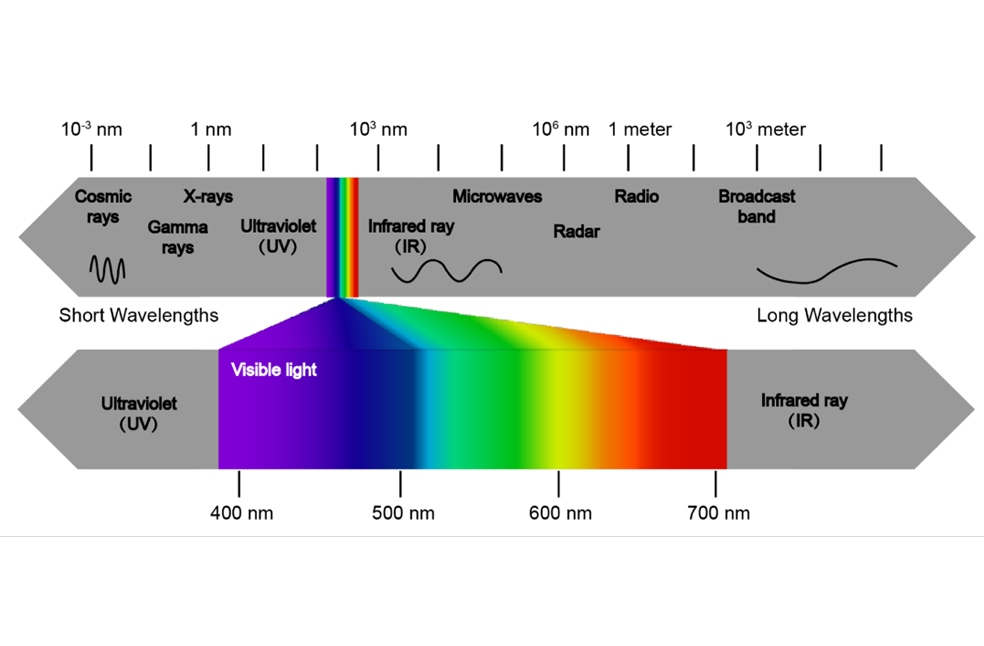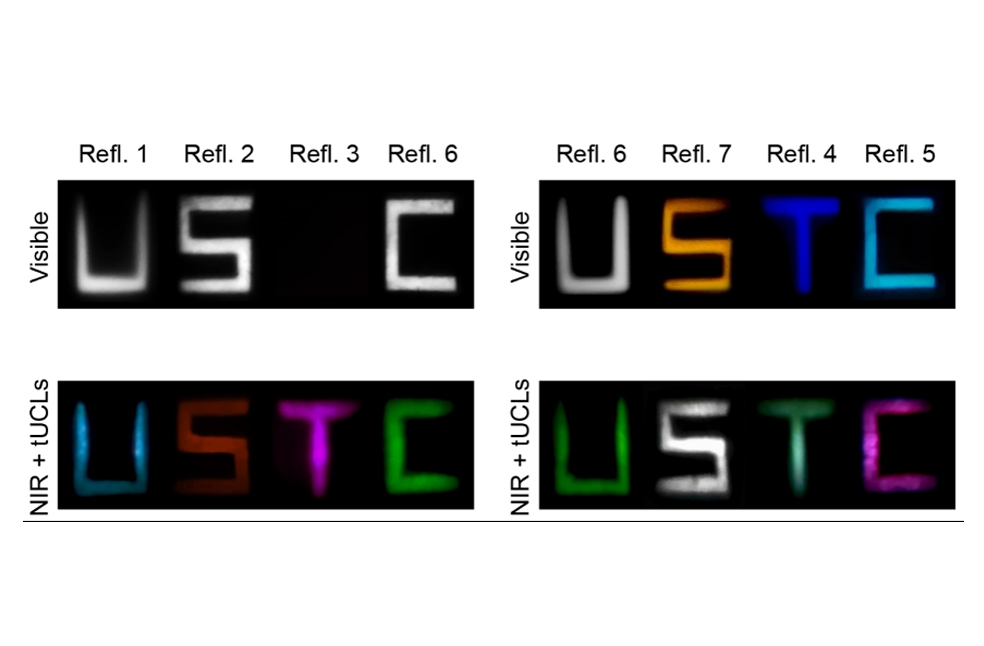Hefei, China: Researchers have developed innovative contact lenses that allow people to perceive infrared light, a portion of the electromagnetic spectrum normally invisible to the naked eye.
Unlike night vision goggles, these lenses are transparent and require no external power source, enabling wearers to simultaneously see infrared light alongside the full range of visible colors.
Professor Tian Xue, a neuroscientist at the University of Science and Technology of China (USTC), explained that this breakthrough paves the way for a variety of wearable devices, such as contact lenses and glasses that could grant humans ‘super-vision.’ Xue also noted the potential benefits for individuals with color blindness.
Human vision covers less than one-hundredth of a percent of the electromagnetic spectrum, primarily wavelengths from 400 to 700 nanometers.

However, many animals see beyond this range, birds, bees, reindeer, and mice can detect ultraviolet light, while some snakes and vampire bats sense far-infrared or thermal radiation to locate prey.
Extended human vision
To extend human sight, the researchers created upconversion nanoparticles that absorb infrared light and re-emit it as visible light. Their study focused on particles that convert near-infrared wavelengths, which are just beyond human perception, into visible red, green, or blue light.
In earlier experiments, the team injected these nanoparticles under the retinas of mice, granting them near-infrared vision. Recognizing that this invasive method would likely be unacceptable for humans, they instead embedded the nanoparticles into soft contact lenses.
When worn, these lenses allowed volunteers to detect Morse code-like signals from infrared LEDs and determine the direction of infrared light. Interestingly, their infrared vision improved when their eyes were closed, as eyelids block visible light more than infrared, reducing interference.

Currently, the lenses are not sensitive enough to detect natural low levels of infrared light or the far-infrared thermal radiation emitted by warm objects, so they do not provide thermal vision. The scientists aim to improve the lenses’ efficiency in future work, with Professor Xue suggesting that enhanced upconversion nanoparticles could eventually enable wearers to see ambient infrared light.
Aid for color blindness
Even in their current form, the lenses have promising applications. For instance, secret messages transmitted via infrared light could be visible only to people wearing these contact lenses. Additionally, this technology could assist those with color blindness by transforming wavelengths they cannot normally see into perceivable colors.
Dr Yuqian Ma, a researcher on the project, said that, “Over half of the solar radiation energy, existing as infrared light, remains imperceptible to humans.”
This breakthrough represents a significant step towards expanding human sensory capabilities, opening new possibilities for communication, accessibility, and enhanced perception of the world.



